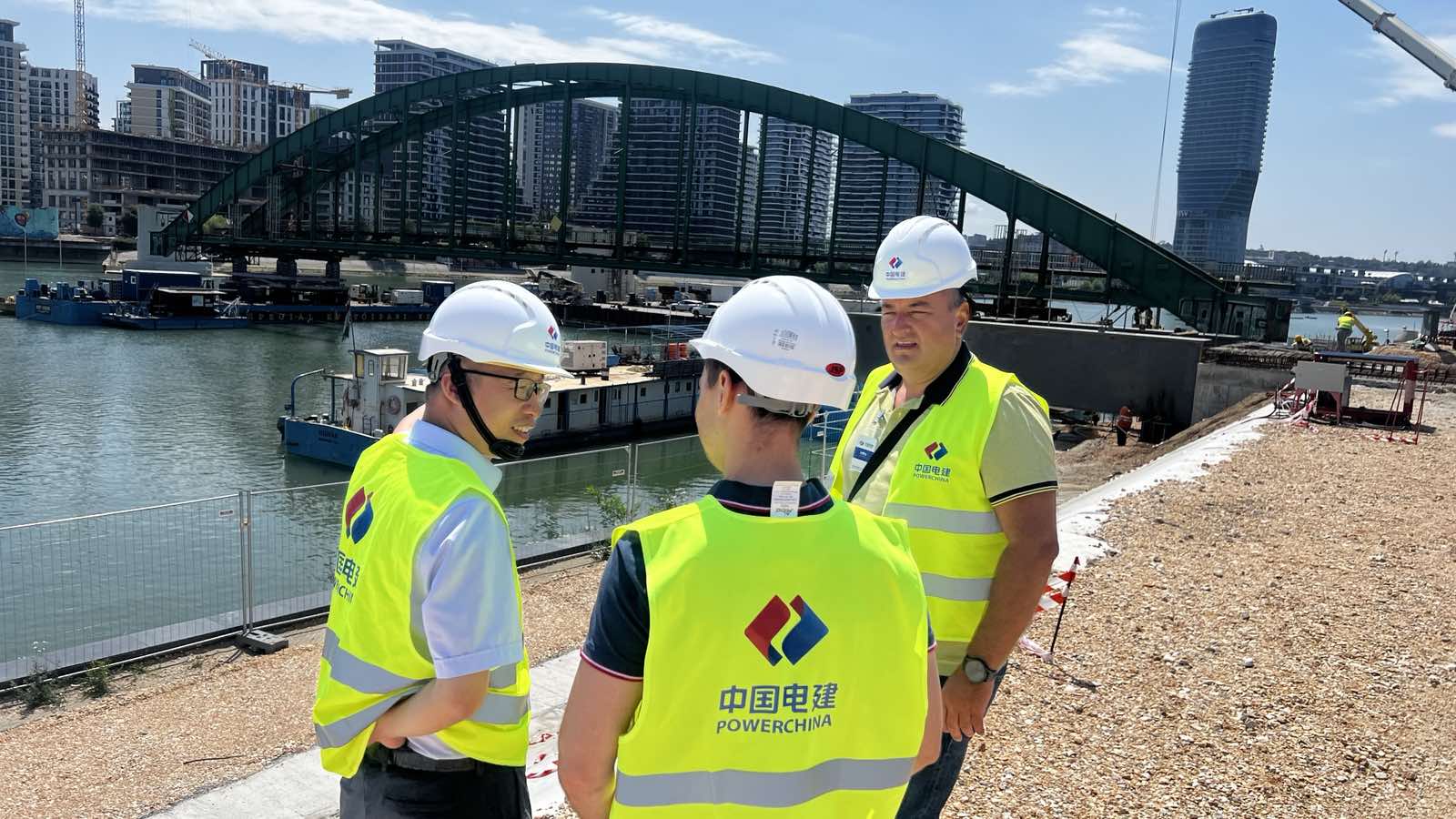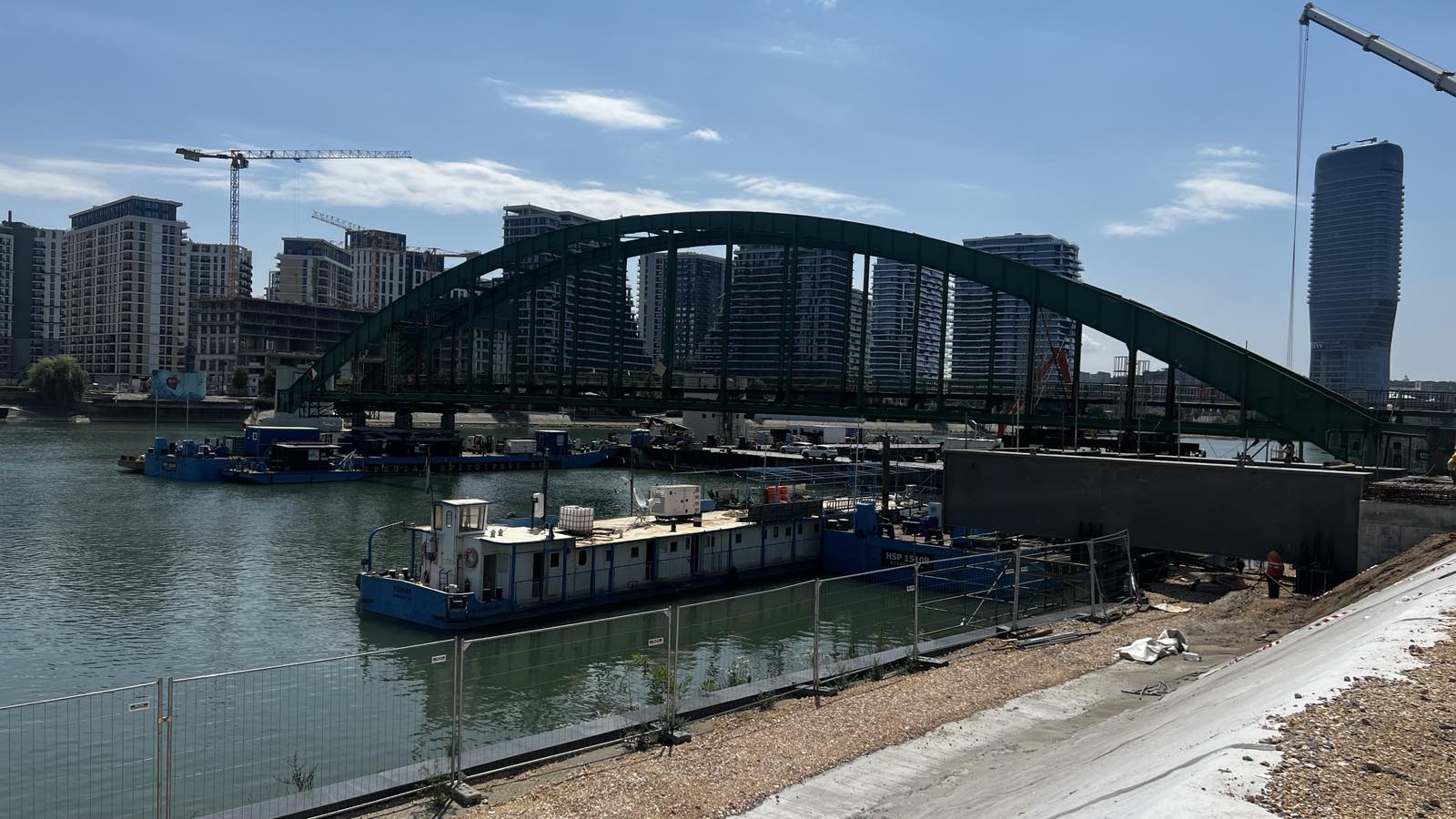Risk Prevention During Construction: The Mine Action Centre Monitors Activities on the Construction of the Sava Bridge
During World War II, the city of Belgrade was bombed multiple times. Initially, in 1941, by the Germans, and later in 1944, Belgrade was bombed 11 times by the Allies. The bridges across the Sava River were targeted several times to disrupt German communications.
One of the key targets was the Railway Station, and by bombing it, the camp at Staro Sajmište was also hit. A significant number of prisoners lost their lives, with 60 killed and 150 wounded.
During the construction of the “Belgrade Waterfront” project, a large quantity of unexploded ordnance (UXO) was discovered in the area, including four large 500-kilogram aerial bombs. Due to these factors, the area around the Railway Station, the bridges, and the Staro Sajmište camp is considered potentially contaminated.
Considering the historical events in this area and the potential contamination from previous wartime periods, the Mine Action Centre of the Republic of Serbia has developed projects to reduce the risk of explosive remnants of war (ERW) during the construction of the bridge.
Based on the projects created by the Center, measures are being taken along the riverbank and within the Sava River itself to detect and remove any potential explosive remnants of war.
The Mine Action Centre is actively monitoring the implementation of activities to reduce the risk of ERW in the area where the new Sava Bridge is being constructed.
These activities aim to enhance the safety of the personnel engaged in the construction of the bridge and to reduce the risk of accidents during the execution of this significant infrastructure project.





